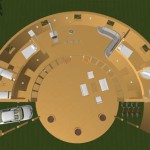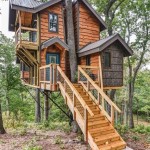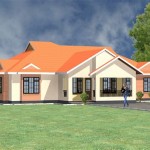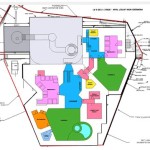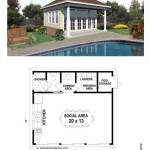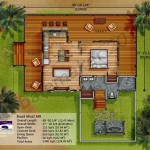Tiny Glass House Plans: A Guide to Essential Considerations
Tiny glass houses have gained immense popularity as a sustainable and aesthetically pleasing way of living. These compact abodes offer a unique blend of natural light, space efficiency, and eco-friendliness. While designing a tiny glass house, several crucial aspects need to be taken into account to ensure functionality, durability, and comfort.
1. Selecting the Right Glass
The choice of glass is paramount in tiny glass house plans. Opt for high-quality, energy-efficient glass that will effectively insulate the space, reduce noise, and minimize UV rays exposure. Consider double or triple-paned windows with low-emissivity coatings to enhance thermal insulation. Safety glass, such as tempered or laminated glass, is essential for preventing injuries in case of breakage.
2. Insulation and Climate Control
Despite the perceived transparency, insulating a tiny glass house is crucial to maintain a comfortable temperature year-round. Proper insulation will reduce energy consumption and prevent condensation buildup. Use high-quality insulation materials in walls, roofs, and floors. Consider incorporating passive solar design principles, such as thermal mass and strategic window placement, to maximize natural heating and cooling.
3. Ventilation and Airflow
Adequate ventilation is essential to maintain air quality and prevent moisture buildup in tiny glass houses. Incorporate operable windows, skylights, or ventilation systems to allow for cross-ventilation. Consider installing mechanical ventilation systems, such as heat recovery ventilators, to ensure proper airflow and reduce energy loss.
4. Privacy and Security
While glass houses offer ample natural light, privacy and security can be concerns. Address these issues by incorporating strategic window placements, curtains, blinds, or frosted glass. Consider using privacy films or reflective coatings to enhance privacy without sacrificing natural light. Install security features such as motion sensor lights, security cameras, or burglar alarms to safeguard your home.
5. Space Optimization
Space efficiency is a key factor in tiny glass houses. Utilize vertical space by incorporating built-in shelves, lofts, or mezzanine levels. Multipurpose furniture, such as a couch with built-in storage, can save space and maintain a tidy living area. Consider using modular designs to allow for flexible and adaptable spaces.
6. Sustainability and Energy Efficiency
Tiny glass houses offer a unique opportunity for sustainable living. Incorporate eco-friendly materials, such as recycled glass, bamboo, or cork flooring. Install energy-efficient appliances, LED lighting, and solar panels to reduce your carbon footprint. Consider passive design strategies, rainwater harvesting, and composting systems to enhance sustainability.
7. Structural Integrity and Maintenance
Ensure the structural integrity of your tiny glass house by using sturdy materials and following proper building codes. Regular maintenance is crucial to preserve the appearance and functionality of the house. Clean windows regularly, inspect the roof and insulation, and perform routine maintenance on ventilation systems. Consider hiring a professional for periodic inspections to identify any potential issues.

Glass House Design Tiny Container Plans

Exterior Glass Siding Material Tiny Home Design Photos And Ideas Dwell

Exterior Glass Siding Material Tiny Home Design Photos And Ideas Dwell

7 Glass House Ideas Small Plans Design

Glass House Designs Ideas Design Modern Bungalow

Mini Glass House Is Big On Style Spirit

18 Tiny House Floor Plans 2 Bedrooms Loft And More Homes

Tiny Glass Box House Plan 44178td Architectural Designs Plans

A Glass House In The Garden Modern Designs Exterior

10 Eye Catching Glass House Design To Take Inspiration From Housing News

